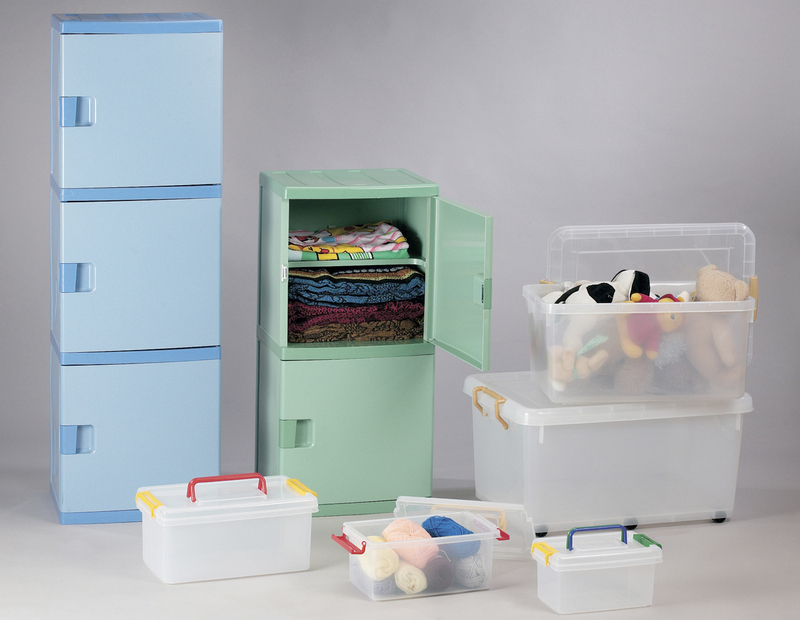Comprehensive Guide to Hose Movers: Enhancing Efficiency in Material Handling

Hose movers play a crucial role in various industries by facilitating the seamless transportation of hoses used in different applications. Whether in manufacturing, agriculture, or construction, hose movers ensure that hoses are moved efficiently, reducing downtime and increasing productivity. Understanding the different types of hose movers and their applications can help businesses optimize their operations and maintain a smooth workflow.
One of the primary benefits of using hose movers is the improvement in operational efficiency. By automating the movement of hoses, companies can minimize manual labor and reduce the risk of workplace injuries. Additionally, hose movers are designed to handle hoses of varying lengths and diameters, making them versatile tools suitable for a wide range of tasks.
There are several types of hose movers available in the market, each tailored to specific industry needs. From manual to automated systems, selecting the right hose mover depends on factors such as the application's complexity, frequency of use, and the environment in which it operates.
One popular type of hose mover is the motorized hose conveyor. These systems are ideal for environments where hoses need to be moved continuously over long distances. Motorized conveyors often come with adjustable speed settings and can be integrated with existing machinery to provide a seamless workflow. This integration not only enhances efficiency but also ensures that the hoses are handled with care, reducing wear and tear.
Another essential category is the robotic hose movers, which utilize advanced technology to navigate complex pathways and obstacles. These movers are equipped with sensors and programmable controls, allowing them to operate autonomously. Robotic hose movers are particularly beneficial in industries that require precise hose placement and minimal human intervention.
For applications that demand flexibility and mobility, portable hose movers offer an excellent solution. These movers are lightweight and easy to transport, making them suitable for temporary setups or projects that involve frequent relocation. Portable hose movers often come with features such as folding handles and compact designs, ensuring they can be stored conveniently when not in use.

When choosing a hose mover, it is essential to consider the specific requirements of your operation. Factors such as the type of hoses, the distance they need to be moved, and the frequency of movement will influence the selection process. Additionally, evaluating the durability and maintenance needs of the hose movers can help ensure long-term performance and cost-effectiveness.
Investing in high-quality hose movers can lead to significant cost savings by reducing downtime and minimizing equipment damage. Reliable movers also contribute to a safer workplace by decreasing the likelihood of accidents caused by manual hose handling. Moreover, automated hose movers can be customized to fit the unique needs of different industries, providing tailored solutions that enhance overall efficiency.
In addition to functional benefits, hose movers can also support sustainability initiatives. By optimizing hose movement and reducing energy consumption, businesses can lower their environmental footprint. Choosing energy-efficient hose movers and implementing best practices in their operation can contribute to a more sustainable and responsible business model.

Maintenance is a critical aspect of ensuring the longevity and reliability of hose movers. Regular inspections and routine servicing can help identify potential issues before they escalate into costly repairs. Cleaning the moving parts, lubricating components, and checking for wear and tear are essential maintenance tasks that should be performed consistently.
Training employees on the proper use and maintenance of hose movers can also enhance their effectiveness. Proper handling techniques and adherence to safety protocols can prevent accidents and extend the lifespan of the equipment. Providing comprehensive training ensures that staff members are knowledgeable about the operation and care of hose movers, fostering a culture of safety and responsibility.
Technological advancements continue to improve the functionality and efficiency of hose movers. Innovations such as smart sensors, automated controls, and IoT integration are enabling hose movers to operate more intelligently and adaptively. These advancements allow for real-time monitoring, predictive maintenance, and enhanced compatibility with other automated systems in the workplace.

In conclusion, hose movers are indispensable tools in modern industrial settings, offering numerous benefits in terms of efficiency, safety, and cost savings. By selecting the right type of hose mover and maintaining it properly, businesses can optimize their operations and achieve greater productivity. Embracing technological innovations and focusing on sustainability further enhances the value that hose movers bring to various industries.
As industries continue to evolve, the demand for versatile and reliable hose movers will only increase. Investing in high-quality hose movers and staying informed about the latest advancements can provide a competitive edge and ensure the smooth operation of your business. Whether you are in manufacturing, agriculture, or construction, hose movers can significantly contribute to the efficiency and success of your operations.
Explore the wide range of hose movers available to find the perfect solution for your specific needs and take your material handling processes to the next level.










